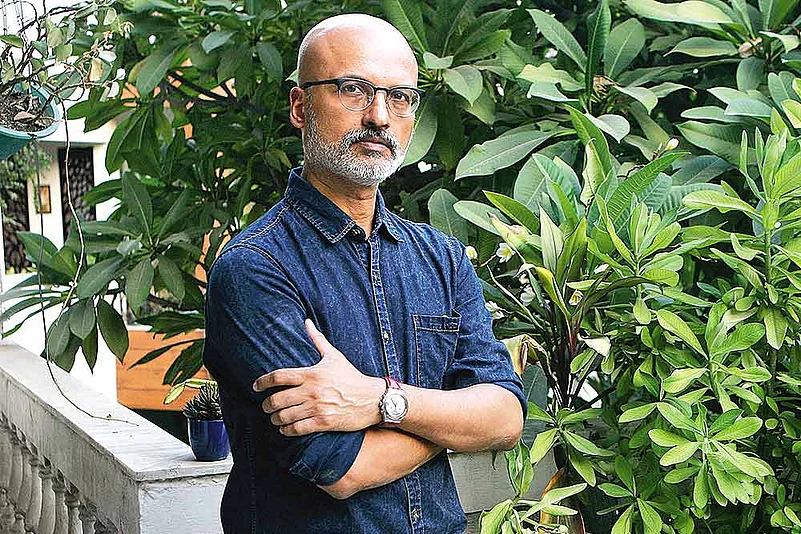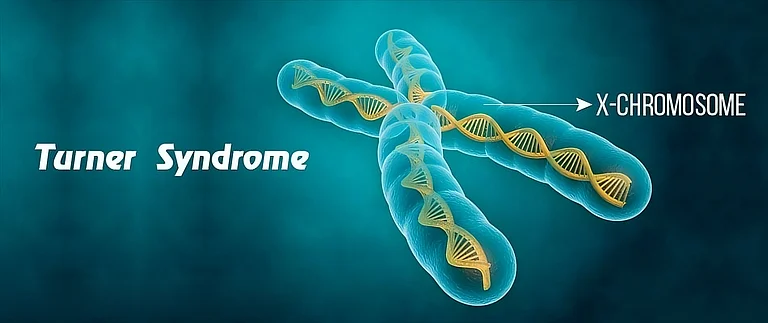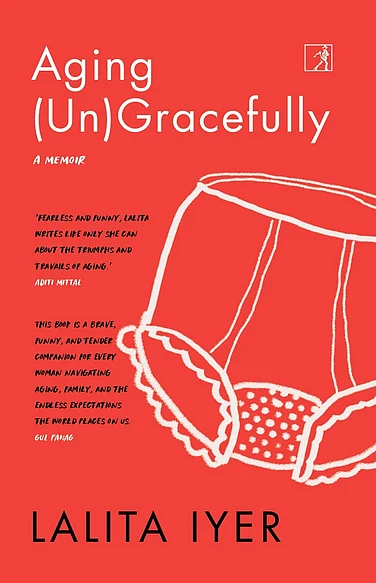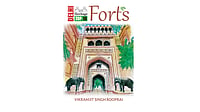Dom Moraes. Francis Newton Souza. A painter and a poet brought together in a cross pollination of occupations, both linked by lines and names distorted or undistorted as the case may be. In a sputter of interviews, to begin with, by Dismus Bambai, who, of course, lives in Mumbai. There is a priest from the school shaking his head over toilet distortions, in brilliant schoolboy lines, when Francis Newton, or rather New, expressed himself and signed it X. There is a jump cut forward to a woman called Miss Henry, who modelled nude and who seems to have been borrowed from Miss Henrietta, the one Dom Moraes abandoned on the pretext of buying cigarettes and never saw again. There is a mad mother who was driven to chase FN around the kitchen table with a knife because of the nude painting he made of her. The daughter who talks about life with her father in Delhi during the Emergency when he painted Indira Gandhi as two eyes in a black dot.
Skip to the way Dismas got his interview with New, who is living in New York, accompanied by artist girlfriend Goody Lol—shades again of another living person, Souza’s artist girlfriend or muse whose surname was Lal and who was learning to copy his work against a time when he would no longer be able to paint. The result is a tangle of canvases, a room called Disorder Central and a panjandrum of paradoxes, forget the collective noun nonsense, but that is the way Thayil tinkers with words and sometimes with worlds. Dismas’s world is more or less straight, but stuffed with the odds and ends of experience that Thayil gleaned during his stint in New York—the immigrant colony and the Indian diaspora dotting Jackson aka Jaikisen Heights. Unsurprisingly, Francis Newton Xavier is elusive and sparing with his interviews—but he can be summoned in a crisis, like getting someone out of jail after a heroin bust. Dismas finds out more about the painter-poet or blocked poet than he wants to during his stint with the Times of Bharat with Mrs Merchant—by now the reader has got to the point of wondering who everyone is, so hello, she sounds familiar.
In this dark atmospheric text Thayil encapsulates the turbulent chaos that makes up the artistic world of lines—while emphasising that poetry is no use unless it picks up a gun. Terrorism and suicide are poetry and nothing else is. FN’s painting actually loses out to his poetry—that single book which was printed and a plummy English accent from nowhere. Interlinked is a Dalit poet called Doss, who steals the term Hungryalists from the Bengalis or at any rate is credited with inventing it, since Ginsberg and the Beat poets were well hung. Inevitably, fornication is part of this poetic overload—sex, drugs and rock’n’roll. Balancing art and poetry seems to be slightly difficult, because everyone fusses over the first non-English poet who won the Hawthornden prize and his unpublished book of chocolate saints, even while the chocolate saint art exhibition recalls all those saintly art installations concocted out of unmentionable materials.
At one level, this is Thayil writing about himself, struggling with poetry and poets and the way people assess them, especially the critics who are possibly the worst of all. Arun Kolatkar has a cameo confronting a journo whom he wishes would just leave him alone. Artists prefer solitude, though once they hit the public eye it becomes a cult kind of thing—their quirks and their lives attract stalkers and the wrong kind of fans. Dismus, infected by FN, starts out to write his own book on the heels of a drug bust that leaves him jobless. The question is, who is who and what is why? Does Thayil’s story need real lives to fictionalise or is reality the crutch to fiction—at one level it possibly does. The poetic underbelly needs actual excess, though we instinctively expect it after all; all excess is the same violation. Dismus turns against New when he writes his own book and New, teetotaller, no longer poet, serial deserter, visiting India for show 66 fades out of the canvas. The various voices and the back and forth of concept, brush, pencil and love distorted ends—but not completely without trace, and the end is given to Goody, the last of the chocolate saints in New’s life, the one who held out against all odds and mad mother’s voices. In struggle, Thayil hints, lies hope for the artist, in my end is my beginning.


























